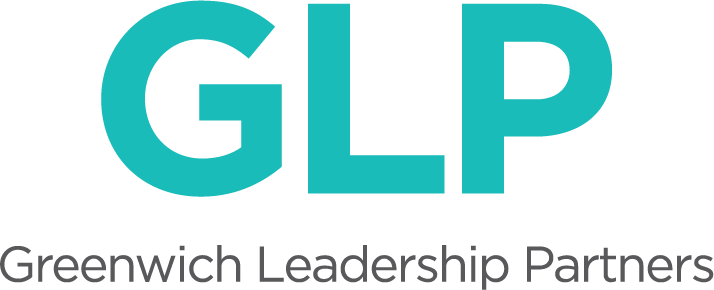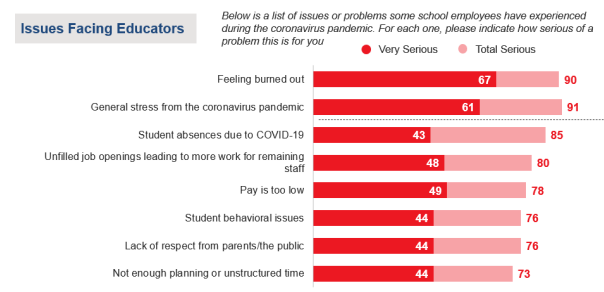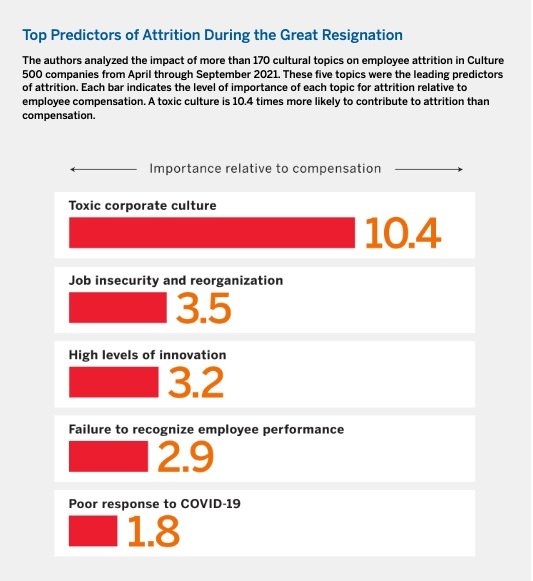By Cara Gallagher, Director of Thought Leadership, and Stephanie Rogen, Principal & Founder
Part one of this blog examined early data about the teacher talent supply and how we might better understand whether there is a shortage. Part two continues the conversation with guidance and further data that answer these essential questions:
Do you have a teacher retention problem? Use internal data to define the problem, and understand and address the needs of your talent.
How do you attract, protect, and develop your talent? Support and protect your talent by investing in their growth.
Do you have a teacher retention problem?
Data matters; your data matters more: Schools need to collect their own internal data to reconcile findings at national levels with what is happening on the ground. You need your own data to help you a) separate the signal from the noise and b) understand more deeply what sustains or challenges a healthy talent pool in your school. Remember, context matters and comparisons to other schools don’t tell the whole story. National data can sometimes exclude critical factors such as school affiliation (public, private, parochial), size, grade levels taught (K-8, K-12, 9-12), region, and boarding and/or day status. Moreover, culture is not accounted for in big data sets. A better and more comprehensive story can be told by comparing longitudinal data that tracks internal trends backwards over the last five years, i.e. data before, during, and (hopefully) after COVID, coupled with a frank assessment of your school’s culture and how it values and supports talent.
To do this, you need to collect and use internal data to inform your talent strategy. Without adequate data, anecdotes and perceptions tend to rule the day and fuel anxiety and misguided conclusions. Let your data replace anecdotes, assumptions, and feelings with facts, forecasts, and invitations for employees to see and talk about what’s really going on inside the organization.
Work with your senior leadership team to gather data to answer these critical questions:
What is your retention rate this year? How does it compare to your retention rates in the years prior to COVID?
How can you contextualize your data to uncover what percent of exits were planned (retirements, elimination of a role, etc.) versus unplanned attrition?
What themes and patterns can you lift up from your exit interviews to better understand the factors causing teachers to quit unexpectedly?
How do those factors relate to what you can control in your school versus what is a reflection of larger, macro trends?
Data can tell you a lot about whether your retention and attrition rates are outpacing national rates and what’s happening that’s specific to your school. The next and perhaps most important conversation uses that data to inform your approach to recruitment, development, and retention - and to help ensure you align that approach to the needs of students as well as adults.
It’s not easy: Effective hiring, onboarding, professional development and retention strategies are hard to come by and require significant investment of time, talent, and dollars. Investing now is a critical risk mitigant. We protect our assets by purchasing insurance, guarding our budgets and endowments, and maintaining, renovating and expanding our physical plants. And yet when it comes to schools protecting their greatest asset – their talent – we’d argue many schools do not invest in the people they have. They overinvest in search and underinvest in development. Ensuring a strong pipeline of talent, and ensuring you retain and develop great teachers and teacher leaders are expensive, time consuming processes. Retaining valuable talent needs to be a priority to maintain consistency in the student experience and to ensure effective mentorship, coaching, collaboration, effective teamwork, and a culture where everyone learns and grows.
So we know why talent matters, and now you’ve evaluated your internal data. Maybe things are stable – Congratulations! But, maybe you see seeds of a retention problem or uncover more serious problems. Why is it happening and what do you do about it?
Is burnout your problem? To some, the word “burnout” has become a noisy and potentially misunderstood, and easy concept to explain “The Great Resignation.” In truth, burnout is a multifaceted condition that may or may not be linked to any number of factors in a particular school —although the pandemic has been a profound accelerant. To this point, in a January 2022 survey of National Education Association members, 90% of the respondents said that feeling burned out is a serious problem, and the causes of burnout may be directly linked to consequences and burdens of COVID-19:
Is burnout the only problem? If so, is it temporary? Protecting your talent by supporting them so they come out of two very difficult COVID years stronger, restored, and more secure is first order work for all schools, but don’t jump to the assumption that burnout is either the sole cause or the at the root of what might be driving turnover in your organization. Most talent challenges are multi-faceted - and quit rates or issues with recruitment are often lagging indicators that point to complex issues.
How do you attract, protect, and develop your talent?
Align to your values: Adults join organizations because they see (or hope for) alignment between their personal values and the values of the institution. Clarity about what professional standards and expectations, using commonly understood terms to describe work at your school, goes a long way towards an aligned faculty and staff. For example, consider the ubiquitous worries about burnout: Defining terms and building shared language around what people think burnout is and is not are good ways to learn more about personal experiences, build empathy, and come to an agreement about expectations for your school. Consider using Dr. J Eric Gentry’s research and books on compassion fatigue and burnout. According to Dr. Gentry, burnout is often a symptom of one’s inability to de-identify oneself from one’s work. Those who work in education tend to be more susceptible to burnout given the caregiving, nurturing, and highly relational nature of the work.
Lead with listening: Seasoned talent strategies often begin with deliberate and deep listening campaigns. Set aside time during an all-school meeting with faculty and staff to share their reactions to your internal data analyses to see what if anything resonates with them personally. Share the language of professional expectations, work equity, and work/life balance and invite employees to make sense, offer productive solutions, and expand leadership knowledge of the issues.
Be intentional: An effective talent development strategy takes work and calls for an understanding of what your talent needs and values, thoughtful design, and careful, and actionable solutions to underlying challenges. A culture that supports, develops, and recognizes talent will grow your teachers, nurture leaders, prevent attrition, and attract external candidates.
Create the culture students need and teachers want: Some interesting research has emerged from MIT Sloan School of Management that indicates money is no longer the sole factor that keeps people in their jobs – not surprisingly, people also seek recognition, connection, and culture. To this point, researchers Dr. Don Sull and Charlie Sull (Father-Son team) found that the best predictor of attrition was the degree of “toxicity” present in the culture of the organization or company.
This is particularly true for Millennial and Gen Z employees. In their evaluations of thousands of company comments on Glassdoor, the Sulls found the following as the leading causes of toxicity:
Identity exclusion
Disrespect
Unethical behaviors
Low integrity
Cutthroat environment
Abusive management
An adult culture where these conditions are present model and manifest conditions that are in direct opposition to what young people need to learn and thrive. Leaders who ensure that a healthy adult culture, in service of supporting students, can engage faculty and staff in reasonable and mission-aligned solutions. Schools that demonstrate a commitment to healthy culture and higher retention rates also foster change-ready environments that can adapt to and manage challenges, transitions, or crises.
Invest, Invest, Invest! People are more likely to stay in a job when their employers support their wellbeing, care about them as human beings, compensate them fairly, and create conditions for inclusion. But that’s not enough. New research continues to confirm what we already know: to develop, attract, and retain talent, you must invest in their growth and development. According to Udemy Business 2022 Workplace Learning Trends Report, “Investing in workforce development facilitates employee productivity, keeps employees engaged and satisfied in their work, boosts employee retention, and supports the innovation needed to grow revenue.” Offering opportunities to upskill or reskill signals recognition to your talent and proves you are invested in supporting and advancing their careers.
At GLP, we observe many schools that underinvest in mission aligned talent and talent development relative to other priorities. Examination of budgets is an easy and illuminating way to ask: Are we prioritizing talent as a mission critical asset? Are we putting our money where our mouth is? Investing in developing a talent strategy, and then executing it powerfully, will be a defining characteristic of high performing schools and exceptional student outcomes. Make sure your board of trustees includes members with talent development expertise — who can help create and innovate staffing strategies, policies, and systems that support your objectives. Finally, know that data matters — and before you compare yourself to others, understand what’s happening in your school.
We hope this post offers some concrete and immediate next steps to identify and learn more about why your talent may be leaving and what to do to mitigate attrition. We’d love to know more about what’s working in your school!



